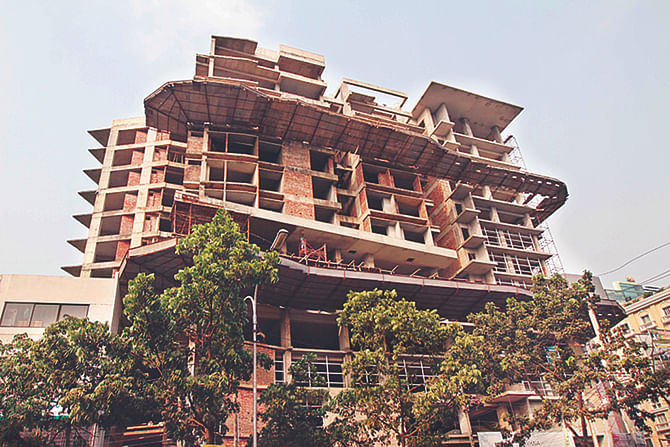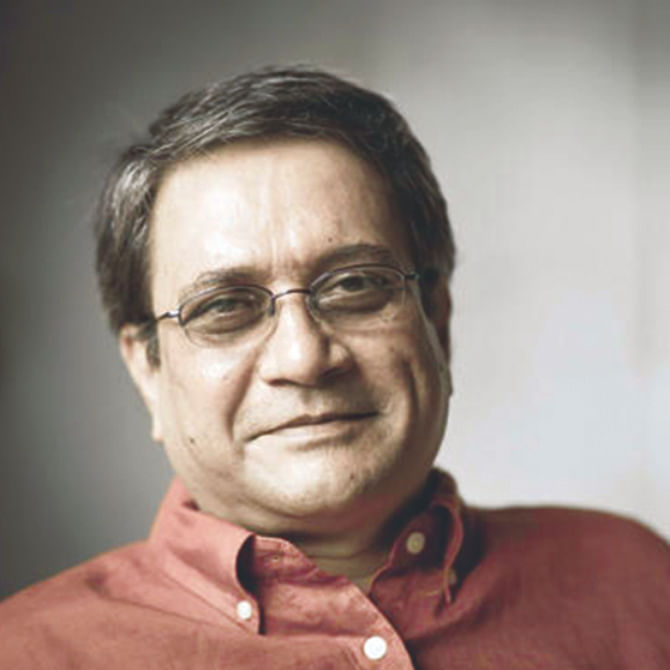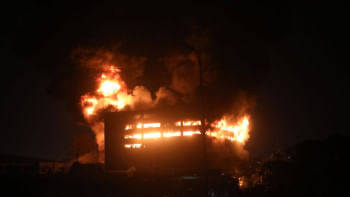Sustainable design and construction

How a building will be constructed and operated are issues that need to be addressed early at the design stage. As the architect/designer conceptualizes the design of a building the way it will be constructed and operated needs to be thought out too. The clearer the vision easier will be the realization of a building project. This is important in today's world since we are concerned about the environment more than ever before. Because buildings consume energy not only in its running but also in its construction and demolition, special effort has to be given to make buildings energy efficient and sustainable.
In the entire “life” of building (assumed to be about 60 years in the case of permanent construction type) it consumes energy of broadly 4 types or categories. Embodied energy is the energy required to produce the building materials, grey energy is the energy required to transport materials and components to the site, induced energy is the energy required in the actual construction of the building and operating energy is required for running the building. A fifth category may also be added called demolition energy which is the energy used in demolishing a building.
The choice of building materials for environmentally conscious design must consider the energy that has gone into the manufacturing process of the building materials. For example aluminum is a high-embodied energy building material whereas brick if produced in non-polluting conditions is of low embodied energy. Mud is of even lower embodied energy. This is not to say that mud should be used in urban construction but an informed choice on building material use has to be prioritized.
The distance of the source of the building material from the construction site has energy implications in terms of transportation costs. If a building material is to be brought from far away the energy costs will be more. The closer the distance, less the cost. This makes the case for locally produced building materials. Materials imported from long distances will increase the energy input in the building process. Therefore efforts in producing materials locally will be beneficial in terms of sustainable construction.

A lot of energy goes into the construction process of buildings. A very sophisticated construction method if used in relatively moderate economic conditions will be expensive and difficult to implement. In a country like Bangladesh where means are limited one needs to think of utilizing locally available technology to the optimum. Perhaps thinking of utilizing as much human labor force as possible is a good idea. In that way cost of construction can be minimized and also the money is ploughed back to the economy in terms of generating more employment. Sometimes speed of construction is hampered if very low technology is used. There is trade-off in terms of less time consuming sophisticated construction methods and time-consuming labor-intensive construction. Ideally a mix of both should be utilized to optimize energy costs.
A building to operate requires energy; electricity, air conditioning, water supply etc. How much energy a building will consume in its lifetime of operation is very much a matter of design. Building design nowadays in developed countries is very much concerned with energy use. There are two basic ways this can be done;
One is to design buildings so that they need little energy to run. This is purely a matter of design. Buildings may be designed so that they are well lit and do not require artificial lighting during the day. In Bangladesh, where the sky illumination is high this not a difficult task. Although most commercial buildings in urban areas need to have their lights on during the day, this need not be so. Intelligent use of (shaded) glazing, courtyards, light wells if intelligently designed can help save a lot of energy that goes into artificial lighting of buildings. Same is true for climate control. Overwhelming glass facades absorb a lot of heat and increase the cooling load of air conditioned spaces. Glass therefore should be carefully used in the design. Glass needs to be shaded in a climate like Bangladesh's. Appropriate shading devices can be designed taking into consideration the path of the sun and thus reduce the heat gain of buildings. Water conservation is another area, rainwater harvesting will reduce the pressure on municipal supply and save money and energy.
The other option is to design buildings so that they produce their own energy. Much has been said about solar energy. It is plentiful and renewable. Solar energy harnessing though solar panels is still quite expensive but nevertheless and option for generating energy. There are other means that are worth exploring in building design, such as the use of wind energy in tall buildings. Wind speeds are high at higher levels, the building façade may well incorporate turbines in them so that some power can be generated from them. All this has to be done when the building is in the design stage. Energy producing devices if incorporated in the design itself will add novelty to the design and bringabout a new sense of aesthetics.
A building during its operation also requires regular maintenance. This has cost and energy implications. Apart from regular day to day cleaning and running, buildings require periodic maintenance of its interiors and the exterior. For example a building that has a painted surface will require it to be repainted every few years. This particularly true for Bangladesh where weathering is a problem. It's not uncommon to see painted buildings here that have for years remained unpainted and is covered with stains from weathering effects. In that case one may think of building materials and surfaces that do not require any painting at all. There are many examples of low maintenance buildings around the world and in Bangladesh. Buildings in Bangladesh that have as cast concrete and exposed brick finishes do not require very high maintenance. Our national assembly building which has an as cast concrete surface requires little maintenance except periodic washing.
A building can have use after it has completed its useful life. Materials and components can be reused. They may be recovered from a demolished building and put into use in new ones. This consideration also has to be carefully thought out in the design stage.
Finally it needs to be emphasized that in order to have a sustainable building it is important for the architect/designer to have a clear conception about not only the design of a building but also how it will be built, run and reused after its useful life. All this requires careful thinking in the drawing board and intelligent and practical choices.
The writer is Pro Vice Chancellor, Professor and Chair Department of Architecture, BRAC University

 For all latest news, follow The Daily Star's Google News channel.
For all latest news, follow The Daily Star's Google News channel. 



Comments